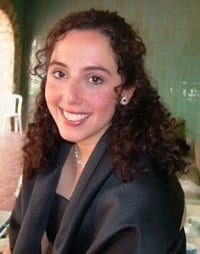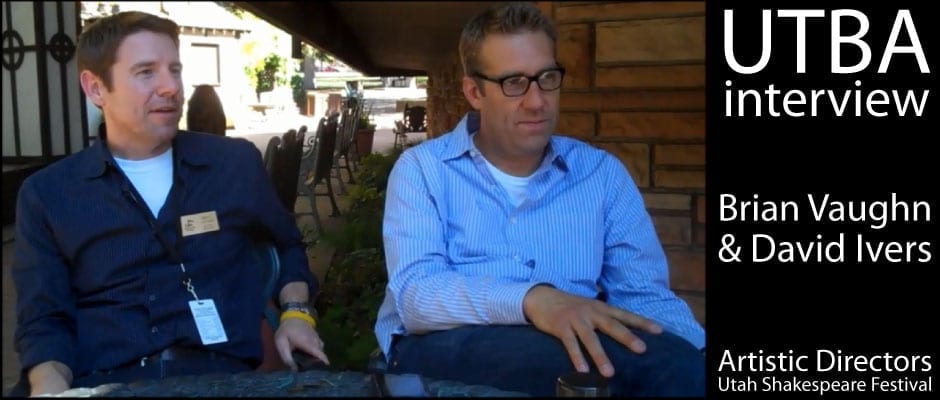On December 5th Salt Lake Acting Company’s production of A Year With Frog and Toad opens. We talked to the director Penny Caywood, who has directed several children’s plays for SLAC.
You’ve done a lot of work in children’s theater. What is it about children’s theater that keeps you coming back?
CAYWOOD: Theatre can create a space for people to come together and have a shared community experience. We need as many safe places for this to happen as possible nowadays. Theatre animates the imagination. It gives our children the skills and the creativity necessary to face the world, to understand it, and perhaps to change it too.
Live theatre requires a different kind of attention than TV, the DVR, YouTube, and Netflix. You can’t pause and you can’t rewind. You have to pay attention to the words, the movement, the facial expressions, and put that into the proper context of time and place. Whether it’s simply hearing two sides of n argument or identifying with the feelings of a character, theatre builds listening skills. The material produced may come from a moment in history, a classic piece of literature, or be about an important social issue, regardless, I feel it should enhance and support the work of our teachers and our schools.
Theatre should make young people think about their lives and encourage them to reflect on their choices, their behavior, and their beliefs. I have been stopped by children in school hallways and even at grocery stores to recount what they remembered from a production, tell me their favorite parts, or give me a suggestion for a future show. I love that they feel they can have these conversations with me weeks and months after a play has been produced.
What first got you interested in theater?
CAYWOOD: My mom was an accompanist for a local community theatre and she would bring me to rehearsals when I was young. When she was playing for the auditions for THE KING AND I, the director asked to hear me sing because they needed more children. I was five at the time and I haven’t stopped my involvement in theatre since then.
How would you describe your directing style?
CAYWOOD: Hmmmmm …. Well, it about the story. I try to make sure I understand and know what the characters want and how they will get it. And then I try to give the actors space to make their own discoveries within that framework. I also like to have fun. I find that getting scenes blocked and songs choreographed quickly allows us time to play, explore, make mistakes, and … have a lot of fun.
What is special about this production?
CAYWOOD: The first time I read Frog and Toad wasn’t when I was a child, but when I had a child of my own. These stories provided sweet and tender lessons of caring and love between two very different but very good friends. When I heard the music for the first time, I was so excited by the inventive and exuberant tunes. “A Year With Frog and Toad” may seem like an extremely simple story, and it is, but it also has a deeper message. This story is about friendship. It is the story of the fun and enjoyment that friendship brings to all of us. It does not matter that Frog is a frog and Toad is a toad. Their differences make their connection even more interesting because they can share with one another the beauty of what makes each of them special. Along the way, they are joined by other friends of all different types: birds, squirrels, moles, a mouse, a turtle, a lizard and a snail. Together, these characters play, work and help one another. The true moral of “Frog and Toad’ is that friendship and love are life’s true joys. Our differences should not stand in the way but rather, only enhance our relationships.
You’ve worked with SLAC several times. What is unique about working with them?
CAYWOOD: As a theatre-artist, educator, and director, I always feel valued and am provided with the tools to achieve excellence and realize my vision when I work at SLAC. They embrace the fundamental attributes of young people—curiosity, risk taking, candor, and imagination—in recognizing they have the power to transform the world. With this in mind, they take extra care in their children’s shows to provide lobby displays that integrate children’s artwork, fun activities in the playbill, they supply an interactive pre-show experience, an educational guide for teachers, as well as the high-quality theatrical experience of the show itself.
Why do you think it’s important to introduce children to theater?
CAYWOOD: I firmly believe that parents need access to quality theatre programming for children. I read somewhere that theatre is like a gym for empathy. It’s where we can go to build up the muscles of compassion, to practice listening and understanding and engaging with people that are not just like ourselves. We practice sitting down, paying attention and learning from other people’s actions. We practice caring. Like the rest of the SLAC’s challenging season, their productions for youth do not encourage you to “sit back, relax, and enjoy the show” but instead asks you to lean forward, engage and start changing the world for the better. Going to the theatre engages children in their community
and helps them think critically about the world through the power of story and their imagination.
What would you tell someone who is interested in becoming a theater director?
CAYWOOD: Go see shows, be in shows, read plays, listen to musical theatre soundtracks, become an assistant to a director or choreographer, and ask to sit-in on a rehearsal of a director you admire. The only way to do it is … to do it and get your hands dirty.





